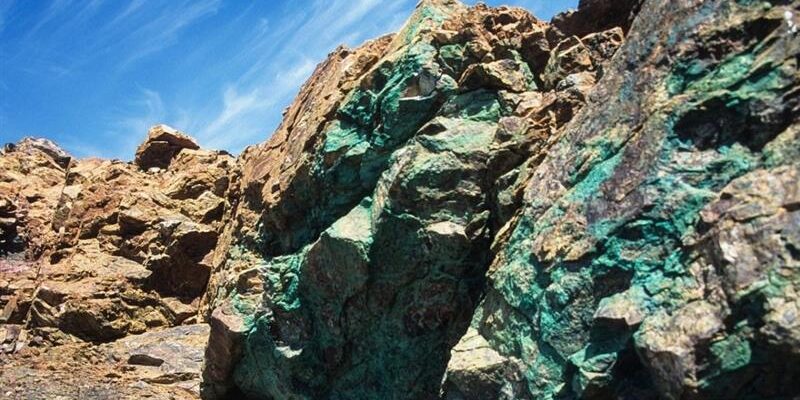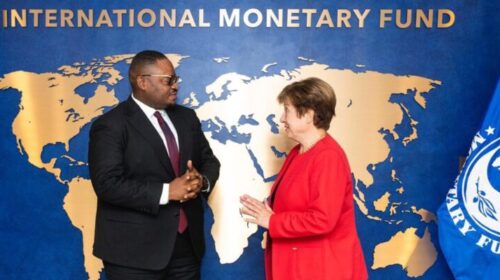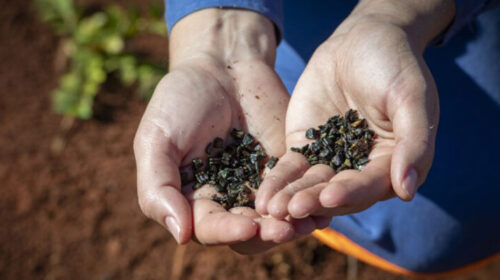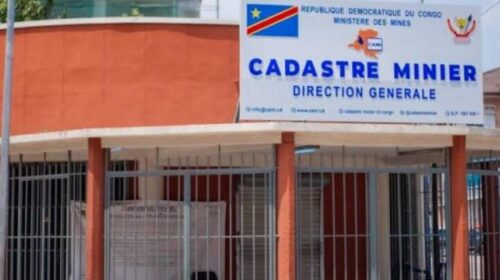Glencore Estimates $72 Billion in Reserves at Mutanda Mine in DRC
In its 2024 report on reserves and resources, Swiss multinational Glencore, which specializes in the extraction and marketing of raw materials, provided projections suggesting that the Mutanda mine, located 40 kilometers from Kolwezi in the Democratic Republic of Congo (DRC), has measured copper and cobalt reserves valued at $72 billion.
In the mining sector, potential resource assessments classify sites into three categories: measured reserves, which are highly reliable; indicated reserves, which are considered reliable but require further confirmation; and inferred reserves, which are less certain.
Regarding Mutanda, Glencore’s latest report indicates measured reserves of 197 million tonnes of ore, with a copper grade of 1.94%, totaling 3.8 million tonnes.
For cobalt, the grade in this category is 0.61%, amounting to 1.2 million tonnes. Based on the market value of contracts for deliverable ores within one year (February 2026), the estimated value of the copper is $41 billion, while cobalt is valued at $31 billion, bringing the total to $72 billion.
However, these values are projections and may change. Their final valuation will depend on various factors, including the actual extraction of these resources, complex financial modeling, and evolving sales contract conditions over time.
Mutanda is thus a major growth asset for Glencore in the DRC. The company holds a 95% stake in the mine, compared to 70% at Kamoto.
Glencore has already secured two permits for Mutanda, valid until 2037, and the mine’s lifespan could extend for 20 years, contingent upon further investments.
In contrast, the latest report on Kamoto’s mining potential does not mention any measured resources. However, indicated resources, which still require additional studies, are estimated at 10.4 million tonnes of copper and 1.5 million tonnes of cobalt, with a potential mining duration of 15 years.
These figures are likely to attract the interest of various local stakeholders, including the Congolese government, which benefits from taxes and royalties on industrial mining activities, as well as numerous subcontractors and suppliers linked to Glencore’s two local subsidiaries.
![]()





